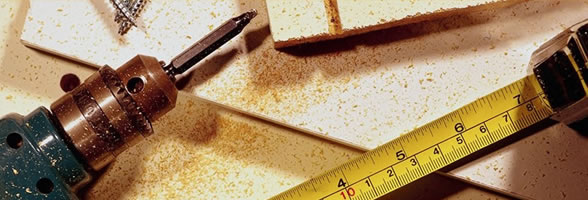
Stránky žáka 63. + 4. třídy ZŠ Kaznějov - fž
Média
Sekce Média
https://www.google.com/culturalinstitute/beta/category/medium
VŠE |
A - Z |
| Písek |
Písek - 112 položek Street View - Muzeum písku - Fukube-cho, Japonsko |
| Písek je směs drobných kamínků různého původu. Jeho hustota je závislá na vlhkosti v něm obsažené a pohybuje se přibližně od 1500 kg/m³ do 1700 kg/m³. Podle velikosti zrn se dělí do frakcí. Hlavní přínos písku je ve stavebnictví, při výrobě skla a ve slévárenství. Písek se také používá jako hrací prostředek pro děti, uložený je ve větších nádobách ve kterých se dá volně pohybovat. Ty si z něj mohou stavět co chtějí díky jeho tvárné konzistenci při spojení s vodou. |
Saint Basil Cathedral & the Moscow kremlin Catherine the Great Chrám Vasilije Blaženého a moskevský Kreml s carevnou Kateřinou II.  |
Russian science and Space exploration (Ruská kosmonautika)  |
British Literature - William Shakespeare  |
Taj Mahal (Tádž Mahal)  |
Traditional English Pub : Laughter and Lively People (Tradiční anglická hospoda)  |
| Kovy |
Kovy - 20797 položek |
| Metals can be defined by their properties: they are malleable, so can be shaped by hammering and bending; tough and fairly elastic, so can sustain considerable stress without breaking; and dense and highly reflective, so capable of taking a good polish. They are also good conductors of heat and electricity. With the exception of iron, most common metals have relatively low melting-points (below 1100°C), so they can be easily melted, and on cooling they retain their molten shape. They can, therefore, be shaped by casting. They are also highly reactive, so although abundant in the Earth’s crust, they are usually found in combination with other elements. |
| Border with the Queen of Sheba before King Solomon (1525 - 1530) - ohraničení - Královna ze Sáby  |
|
Table - Attributed to André-Charles Boulle (about 1680 - 1690)
|
|
Dual-axle locomotive - George Stephenson, Eugène Philippe - 1833
|
|
Fire engine ( Shand Mason and Company - 1881 - London Médium: wood, gold, brass, copper, leather)
|
Seiko bell-matic (1970 - 1975) |
| Zlato |
Zlato - 5477 položek |
| Yellow metallic element, with an atomic weight of 197.2 and a specific gravity of 19.32. It is one of the so-called ‘noble’ metal group, which also includes silver and platinum. Gold has always been highly valued for its intrinsic beauty, its working properties, and its rarity—until recent times it was used to underpin the currencies of the major trading nations, and it is still a traditional refuge in times of financial instability. It is first known to have been worked in Mesopotamia in the 6th millennium BC. Since then it has been prized as a material to fashion or to decorate a wide variety of objects, including jewellery, coins, ritual items, tableware, and furniture. A scarce element, representing between 1 and 9 mg per tonne in the composition of the earth, gold is found mainly in the native state, in contrast with most other metals, which are found as ores. Deposits of gold occur either in the original formations (e.g. as veins in quartz) or as ‘placer’ in alluvial deposits. |
|
Coin (Celtic) - keltská mince Autor: Unknown - Datum vytvoření: -0100/0001 - Místo: Bladel, Nederland  |
|
Necklace - Náhrdelník Autor: Unknown - Datum vytvoření: Late 4th century BCE - Místo: Black Sea region, probably Trebizond
|
|
Lip ornament (Autor: Unknown - Datum: 1200 - 1521 - Culture: Mixtec-Aztec)
|
|
Catherine the Great Easter Egg Autor: Fabergé (firm); Henrik Immanuel Wigström (workmaster); Vasilii Ivanovich Zuev (miniatures) Médium: Gold, diamonds, pearls, opalescent enamel, opaque enamel, silver, platinum, mirror
|






